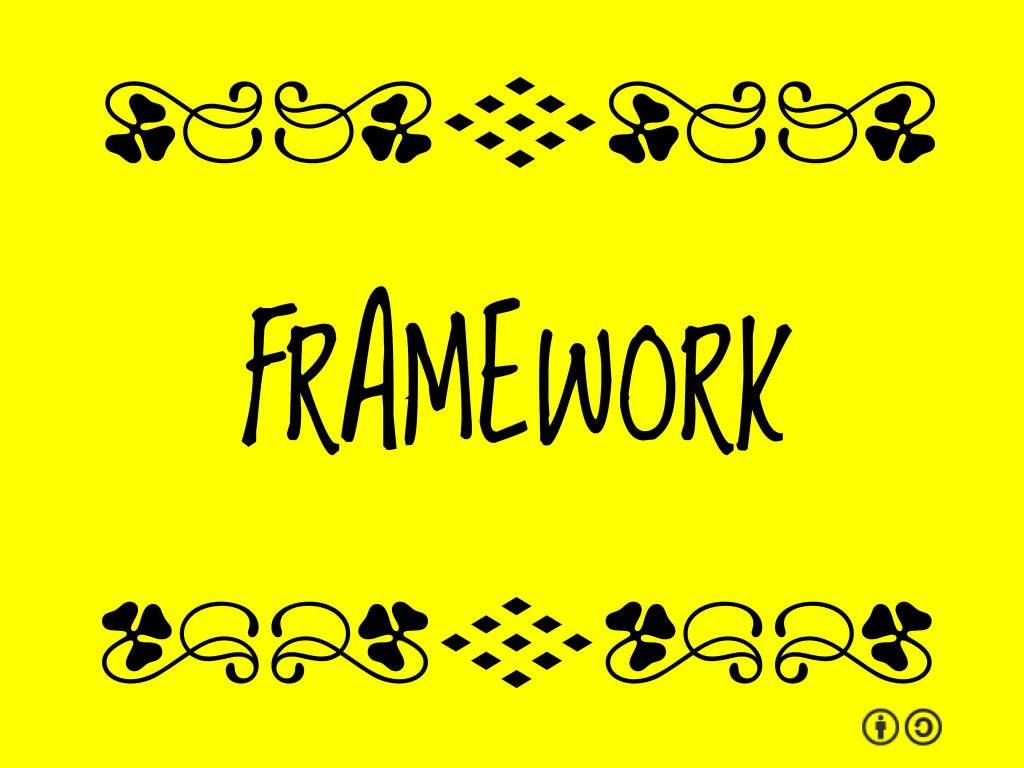Lack of awareness is the single biggest threat to the potential success of a business. When you remain clueless about what you don’t know, it increases the chances of failure. This is not like the outstanding book written by J. Budziszewski titled “What We Can’t Not Know.” A governance, risk, and compliance (GRC) framework is an effective method of identifying and mitigating threats to your company that you wouldn’t even have recognized in the first place. No business wishes to be taken by surprise when an audit reveals noncompliance. Compliance risk management is aimed at helping organizations avoid such a situation. Explore the GRC framework in more detail below.
Understanding GRC

The GRC framework is all of managing a company’s overall governance, enterprise risk management, and compliance through regulations. Consider it a structured approach to aligning your business objectives with IT while effectively meeting compliance demands and managing risks. While GRC is important for all companies, it is especially crucial for those dealing with EU citizens in the aftermath of the General Data Protection Regulation (GDPR).
Unfortunately, many organizations hesitate to adopt these systems since they can be quite time-consuming and expensive. We all know what happened to BP’s oil rig known as Deepwater Horizon as shown in that stellar eponymous movie. If BP paid more attention to compliance and perhaps not so much to avarice that disaster may not have happened.
Moreover, these systems must be constantly maintained, and unless they are carefully crafted to meet your business’s requirements, they are incapable of providing the data your company needs at the point when it’s actually needed.
Huge benefits

On the contrary, when a GRC strategy is well-planned and executed, the business can reap numerous rewards, ranging from optimal IT investments to better decision-making, reduced department fragmentation to the removal of silos.
Take a look at the individual aspects of GRC:
- Governance is all about what and how well a company does what it does.
- Risk involves knowing the location of critical data, operations, and processes, as well as an understanding of the business’ capability to bear losses.
- Compliance indicates the controls implemented by a business to fulfill compliance mandates.
The risk is possibly the most significant part of the GRC framework as it determines how the business should handle compliance and governance, including the controls placed and the way they are governed.
Risk management is also one of the biggest hurdles for modern companies as it requires them to know the whereabouts of critical business assets along with the risk profile for each.
Given the current environment where companies are dealing with endless sources of data and complex infrastructures, this is a difficult thing to master.
Security frameworks tell companies what to do, but no longer is security a one-size-fits-all solution. The security framework must be unique in every organization, as per the industry, its data, and requirements. We have all seen the movie “Blackhat” and the TV show “24” — the threats are real and sizeable.
This is precisely why risk management is such a key component right now. Organizations must implement GRC and security strategies depending on their risk profile and what’s best for their business.
Impact of GRC

The implementation of GRC framework systems affects everyone in an organization since all employees have risk implications tied to them. However, the senior executive management is responsible for governance that creates business value and transparency by establishing common procedures.
The CIO must manage IT governance so that responsibility and policy flow down and assessments and accountability flow up.
All business executives, including the CFO and CIO, share the responsibility for risk management. The tools and policies for managing personnel and physical security risks, along with financial hazards, have developed over the course of centuries. IT simply adds a different dimension to the risks, along with remediation.
Through enterprise risk management (ERM), the goals and objectives of a company get aligned with risk and performance. ERM may be applied throughout the business or to meet the objectives of a specific department like IT.
Although enterprise risk management possesses several objectives as GRC, it’s not a substitute for GRC. In fact, enterprise risk management is often claimed as a subset of GRC.
Executives share the responsibility for compliance. GRC aims to coordinate those compliance processes and efforts and move to a more risk-based approach to compliance. Most individuals tasked with compliance treat it as a requirement instead of a risk.
However, compliance is not exempt from the financial limitations that prompt every other aspect of the company to calculate the dangers versus the advantages of their investments. So, organizations are no longer required to adopt a risk-based compliance approach as GRC takes care of that.
The friction between managing by framework and managing by the institution is another side of GRC governance. Organizations have to know where they fall in that spectrum.
The truth is, it is impossible to manage wholly by intuition. Some controls are required, as is a rigid framework. The company needs to determine their tolerance level for the amount of structure they wish to have.
This forms the entire crux of GRC — creating systems that enable you to identify and mitigate risks while facilitating compliance, which includes the way you govern and do things.
It’s often hard to figure out who is responsible for which aspect of governance, risk, and compliance. Several political challenges exist regarding who owns what aspect of the GRC framework. However, the audit provides a clearer idea about their purview — compliance and risk are the same, but arranging for every group to work as one is a huge hurdle.
Role of IT in a GRC framework
The role of IT in the GRC framework is two-fold. On the one hand, IT needs to handle internal problems, including data governance, privacy, and data breaches; on the other hand, IT must play the role in business-level GRC systems, implementing tools that assist with the flow of information.
There are several separate risks related to IT, namely the requiring of a set of mitigation, controls, and risks assessments.
IT should also assist with designing the platforms and apps for conducting risk assessments and training staff, and presenting information from systems that measure risks throughout the entire organization. Thus, when it comes to practical GRC implementation, IT plays a key role.
IT must avoid being tasked with the development of rules and responsibilities of the GRC framework. These decisions are not the purview of the IT department; rather, the board must take charge.
A few CIOs need to oversee the GRC process, but it makes sense to put the IT team in charge as the department has a broad reach, touching each aspect of the business.
A trend gathering steam
The GRC trend is gathering steam, and it’s only a matter of time before different businesses across the globe adopt this framework. But companies must know what it is and how it affects their IT processes and business goals before moving forward.
Featured image: Shutterstock



